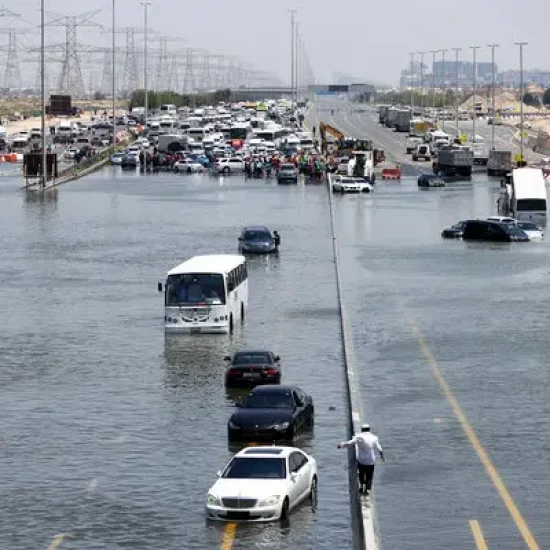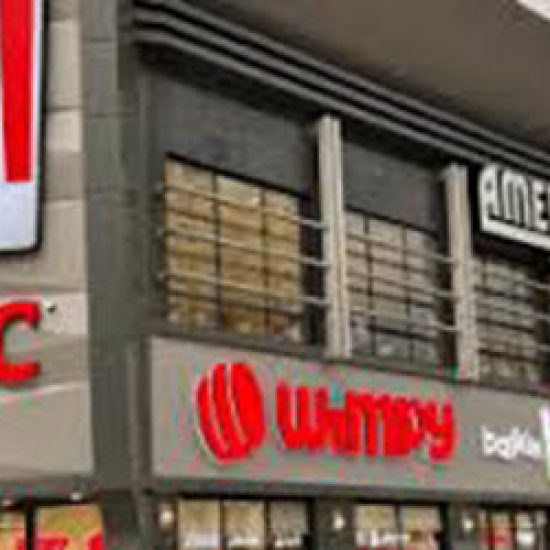 BP has signed 30-year deals to develop Oman’s Khazzan tight gas project at an estimated investment of $16 billion, that will help the Omani economy to keep growing and bolster flagging gas exports.
BP has signed 30-year deals to develop Oman’s Khazzan tight gas project at an estimated investment of $16 billion, that will help the Omani economy to keep growing and bolster flagging gas exports.
The Khazzan gas project, which aims to extract around one billion cubic feet (bcf) per day of gas from deep under central Oman, is a showcase for BP’s tight gas extraction technology and output will go towards meeting Oman’s growing energy needs.
“Today’s signing is an important step in the Sultanate of Oman’s plans to meet growing demand for energy over the coming decades and to contribute to economic development in Oman,” Oman oil and gas minister, Mohammed Al Rumhy, said in a statement after the signing in Muscat.
“The Khazzan project is the largest new upstream project in Oman and a pioneering development in the region in unlocking technically challenging tight gas through technology.”
BP has already spent hundreds of millions of dollars on the project since winning the concession in 2007. It expects total investment of around $16 billion for the full field development, equivalent to about a fifth of Oman’s current annual economic output.
“This enables BP to bring to Oman the experience it has built up in tight gas production over many decades,” BP Chief Executive Bob Dudley said in the joint statement.
Construction is expected to begin in 2014, with first gas expected in late 2017 and plateau production of around 1 bcf, or 28.3 million cubic meters, per day expected in 2018.
This level of production would be enough to meet around a third of the country’s current domestic gas needs. But Omani energy demand is rising rapidly and Muscat also hopes to import Iranian gas in a 25-year deal signed in August.
“The country needs the gas to develop its economy,” Al Ruhmy told journalists. “Our needs for gas increase day by day.”
BP, which will operate the project, expects to develop around 7 trillion cubic feet (tcf) of gas in the Khazzan project, and to pump around 25,000 barrels per day (bpd) of gas condensate, a light oil, from the field.
The production sharing agreement and a gas sales agreement also allow BP to appraise more gas resources in Oman’s Block 61, which it expects to develop later.
State-owned Oman Oil Company Exploration & Production (OOCEP) will hold a 40 percent stake in Block 61, while BP will hold 60 percent.
The Omani government will take 55 percent of the gas sales revenues, while the rest will be split between the project partners, with 60 percent for BP and 40 percent for (OOCEP) after deducting costs, the minister told the news conference.
The agreement covers an area of around 2,800 square kilometers containing several ‘tight gas’ reservoirs discovered in the 1990s.
Tight gas reservoir development is particularly technically challenging because the low porosity of the reservoir rock reduces the effectiveness of hydraulic fracturing methods used to flush gas out with pressurized liquids.
BP has developed its own technology designed to increase production from tricky tight gas reserves.
BP shares rose from Friday’s close of 465.55 pence to a high of 470.70 pence after the announcement on Monday, before easing to around 467.90 pence at 0950 GMT.
After months of haggling, Muscat agreed in mid-2013 on the price at which BP could sell any gas it can squeeze from deep underground in Block 61 in central Oman. The agreed price has not been disclosed.
Rock-bottom gas prices prevalent in the Middle East are a remnant of when gas was a plentiful by-product of the region’s oil fields and Saudi industry still only pays $0.75 per million British thermal units (mmbtu), a fraction of the price paid around the globe.
Artificially low government-set gas prices have discouraged investments in projects needed to meet rapidly rising demand for gas across the region, making many countries increasingly reliant on imports.
According to industry estimates total upstream conventional gas production costs are around $3/mmbtu, but the cost of projects like BP’s tight gas project are thought to be much higher.
In a rare Middle East move to cut huge fuel subsidy bills, Oman plans to double natural gas prices for some industrial consumers from $1.5/mmbtu in 2012 to $3/mmbtu in 2015.
Oman currently exports gas from liquefied natural gas (LNG) plants that were planned before the small non-OPEC oil producer was forced to revise down its gas reserves.
Oman’s voracious gas appetite has already taken a bite out of its LNG exports and analysts say the success of Khazzan will be vital for the country to keep exporting over the next decade.
BP said it had also signed a non-binding memorandum of understanding with state-run and Oman Oil Company to develop a one million ton per year acetic acid plant in Duqm, on the Arabian Sea coast of Oman.-Reuters



![dubai flood is artificial rain behind uaes rare torrential weather[1]](https://thearabianpost.com/wp-content/uploads/2024/04/dubai-flood-is-artificial-rain-behind-uaes-rare-torrential-weather1-e1713378975696-550x550.jpg)


![2022 09 27T183330Z 84178340 RC2RJV9S1G6M RTRMADP 3 SAUDI POLITICS[1]](https://thearabianpost.com/wp-content/uploads/2024/04/2022-09-27T183330Z_84178340_RC2RJV9S1G6M_RTRMADP_3_SAUDI-POLITICS1-e1712223217759-550x550.jpg)

